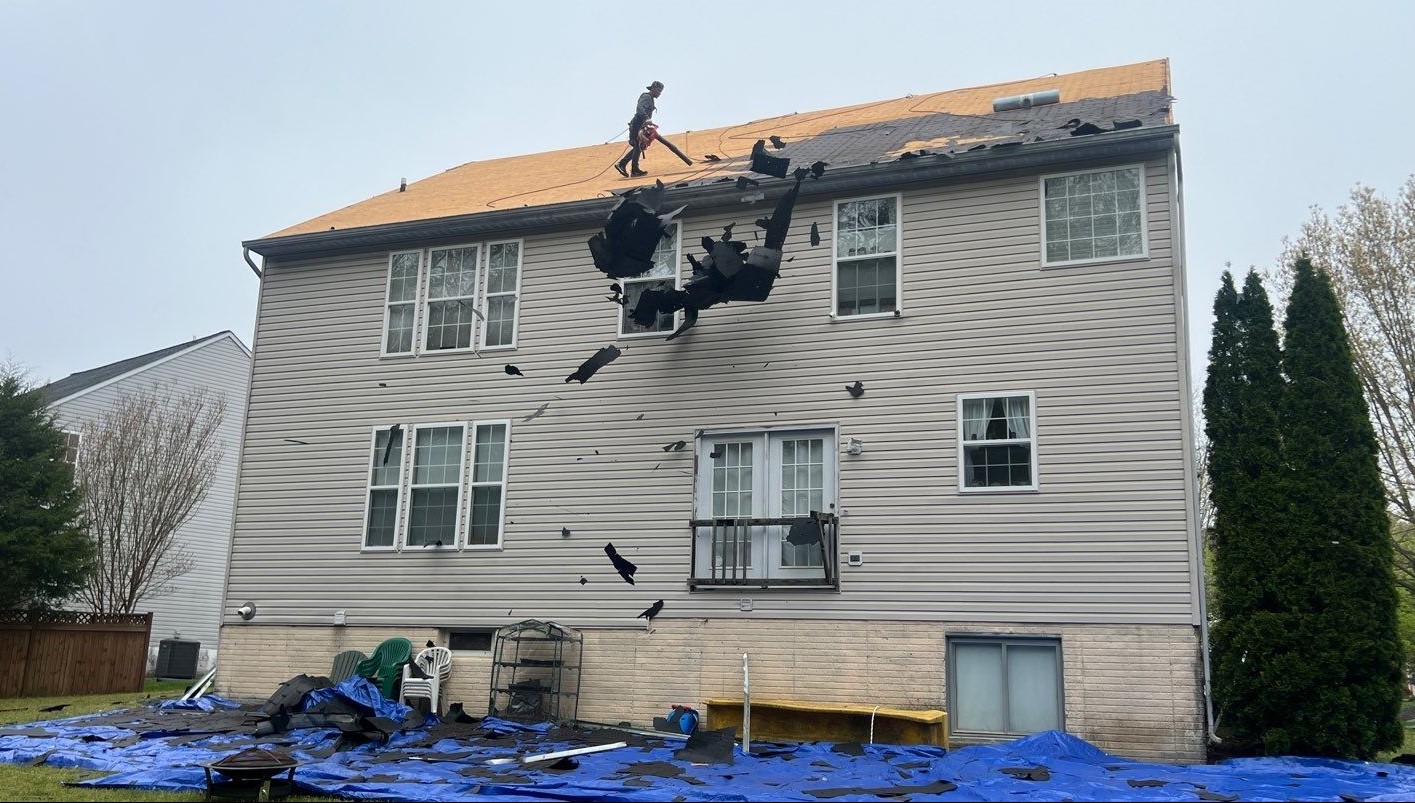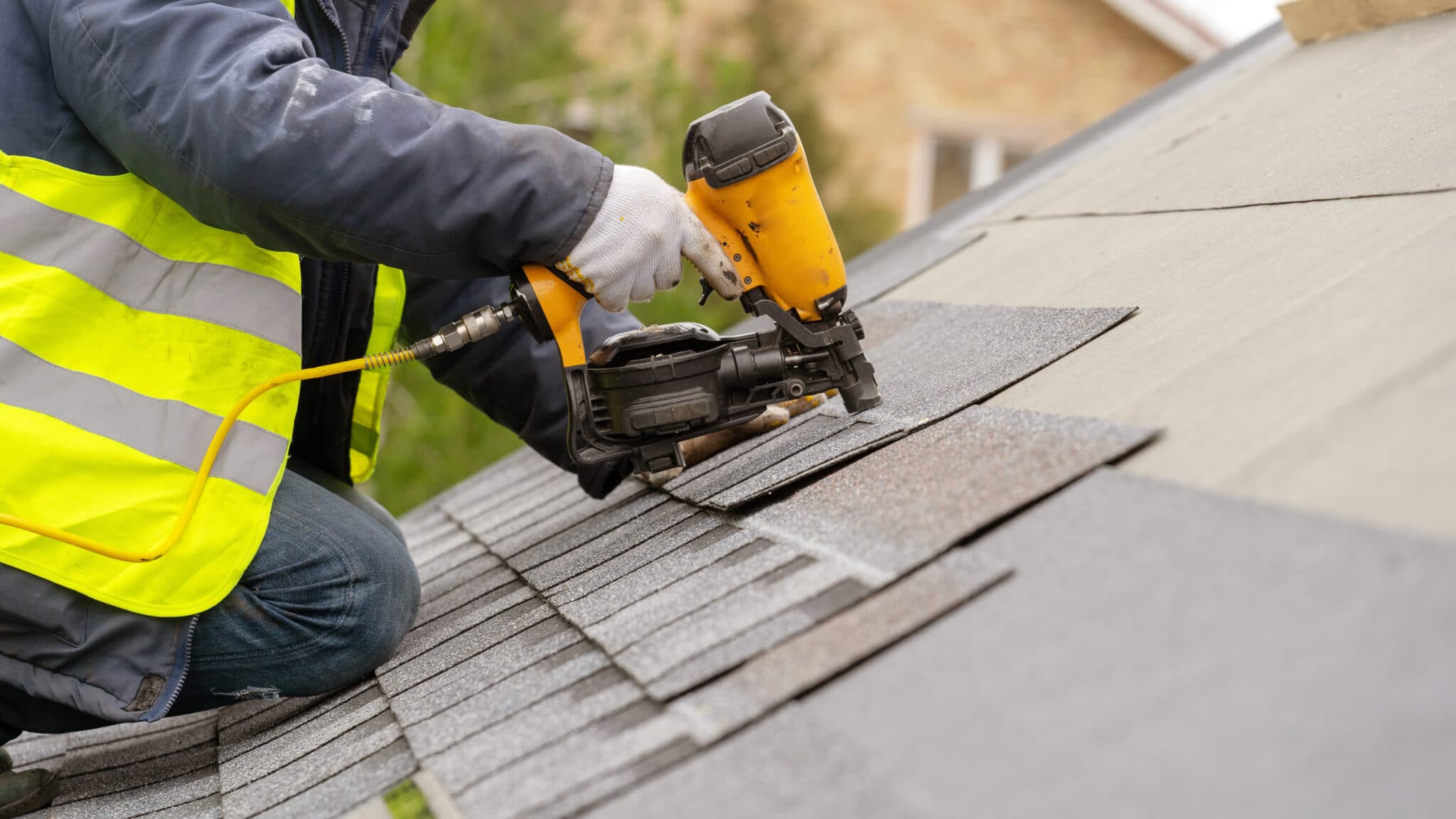Roofers Oahu: Experienced Service Providers for Roof Installations and Fixes
Roofers Oahu: Experienced Service Providers for Roof Installations and Fixes
Blog Article
Recognizing the Various Kinds Of Roofs: A Comprehensive Overview for Homeowners
In the realm of homeownership, picking the ideal roofing style is a decision that brings significant ramifications for both functionality and aesthetic allure. With an array of choices-- ranging from the conventional gable to the modern flat-- each type provides special advantages and challenges that should straighten with the house owner's environmental considerations and specific requirements. Recognizing these distinctions not only aids in making an informed choice yet additionally affects long-term maintenance and power performance. As we discover the ins and outs of numerous roof kinds, it becomes obvious that a person dimension does not fit all; the best option may stun you.
Saddleback Roof
Saddleback roofs, defined by their triangular form, are amongst the most preferred roof covering designs because of their simplicity and performance in dropping water and snow. This layout features 2 sloping sides that fulfill at a ridge, permitting for reliable water drainage and reducing the risk of water build-up. The steep pitch typically connected with gable roofing systems improves their ability to manage heavy rainfall, making them suitable for different climates.
In addition to their functional advantages, saddleback roofs provide visual versatility. They can be adapted to numerous building styles, from conventional to contemporary homes. The design can also accommodate extra features such as dormer home windows, which improve all-natural light and air flow in the attic area.
Furthermore, gable roofs provide enough room for insulation, adding to energy efficiency. House owners can choose from a variety of roof materials, including asphalt shingles, metal, and tiles, additionally enhancing modification choices.
Regardless of their advantages, gable roofing systems might need added support in areas vulnerable to high winds or hefty snowfall. Generally, the saddleback roof continues to be a popular option because of its blend of capability, durability, and visual appeal.
Flat Roofs
Level roofs are typically identified for their minimal style and functional applications, especially in industrial and industrial setups (oahu roofing). These roofs include a straight or virtually straight surface, which permits easy building and construction and flexible room application. While they might lack the visual appeal of angled roofs, level roofs offer various advantages, especially in city atmospheres where taking full advantage of room is important
One of the key advantages of flat roofing systems is their accessibility. Homeowners can use the roofing system space for different functions, such as roof yards, terraces, or photovoltaic panel installments. Furthermore, level roofs are normally extra economical to set up and keep contrasted to their sloped equivalents, as they call for fewer products and labor.
Usual materials made use of for flat roofs include built-up roof (BUR), modified bitumen, and single-ply membranes, each offering distinctive benefits. Generally, level roof coverings offer as a useful and adaptable choice for several home owners and organizations alike.
Hip Roofings
Hip roof coverings are characterized by their sloped sides that assemble at the top, creating a ridge. This layout is unique from saddleback roofs, as all 4 sides of a hip roofing system incline downwards towards the walls, offering a much more stable structure. The angle of the slopes can differ, enabling for versatility in building visual appeals and capability.
One of the main advantages of hip roof coverings is their capability to hold up against heavy winds and adverse weather. The sloped surfaces allow much better water drainage, lowering the risk of leaks and water damage. Additionally, hip roofs provide boosted attic room room, which can be used for storage space and even transformed into comfortable locations.
However, building a hip roof can be more complicated and costly than easier roofing system types, such as saddleback roofs. The added material and labor entailed in creating the inclines and making sure correct architectural integrity can lead to greater expenses. Despite these downsides, several property owners prefer hip roofs for their sturdiness, visual charm, and capacity for power effectiveness.
Mansard Roofs
Mansard roofing systems, frequently recognized by their special four-sided layout, function 2 slopes on each side, with the reduced incline being steeper than the top. This building design, stemming from France in the 17th century, is not just visually attractive but useful, as it takes full advantage of the useful room in the upper floorings of a structure. The high reduced slope enables even more headroom, making it an ideal selection for attics or lofts, which can be transformed right into living areas.
Mansard roof coverings are defined by their adaptability, suiting different architectural designs, from traditional to contemporary. They can be created with various materials, look at these guys including asphalt tiles, slate, or steel, giving property owners with a variety of alternatives to suit their preferences and budget plans. Additionally, the design enables the integration of dormer home windows, improving natural light and ventilation in the upper degrees.
Nonetheless, it is important to take into consideration the prospective disadvantages. Mansard roofings may need even more upkeep because of the complexity of their layout, and their high slopes can be challenging for snow and rain runoff. Generally, mansard roofing systems incorporate sophistication with functionality, making them a prominent choice among homeowners looking for unique architectural features.
Lost Roofs
As home owners increasingly look for simpleness and capability in their building designs, lost roofings have actually become a prominent option. Characterized by a single sloping airplane, a shed roof covering presents a minimal visual that matches various home designs, from contemporary to rustic.
One of the main benefits of a shed roofing is its straightforward building, which commonly equates to decrease labor and material prices. This design enables efficient water drain, lowering the threat of leakages and water damages. In addition, the upright slope offers sufficient space for skylights, boosting all-natural light within the interior.
Lost roof coverings also use flexibility in terms of usage. They can be effectively integrated right into additions, garages, or outdoor structures like sheds and pavilions. Moreover, this roofing system style can suit different roofing products, including steel, asphalt roof shingles, or also green roofings, aligning with environmentally friendly campaigns.
Nonetheless, it is necessary to think about local climate conditions, as hefty snow lots might necessitate changes to the roof's angle or structure. Generally, dropped roofs provide a useful and cosmetically pleasing check out here alternative for house owners wanting to make best use of capability without compromising design.
Final Thought


Gable roofs, identified by their triangular shape, are among the most prominent roof styles due to their simpleness and effectiveness in shedding water and snow. oahu roofing. The high pitch commonly associated with gable roof coverings enhances their capacity to handle hefty precipitation, her comment is here making them ideal for numerous environments
While they may do not have the aesthetic charm of pitched roofing systems, flat roofs offer various advantages, particularly in metropolitan settings where making the most of area is vital.

Report this page